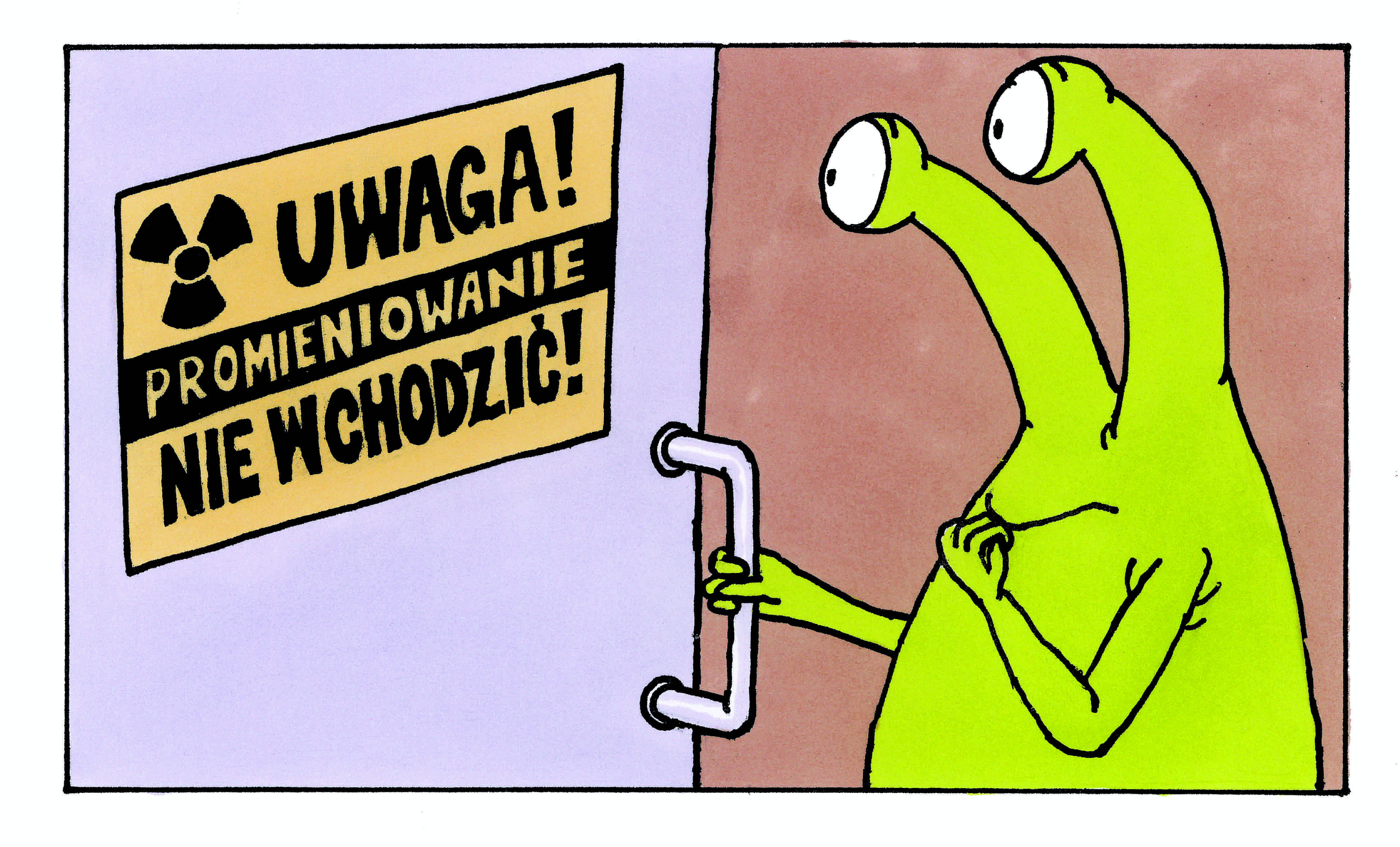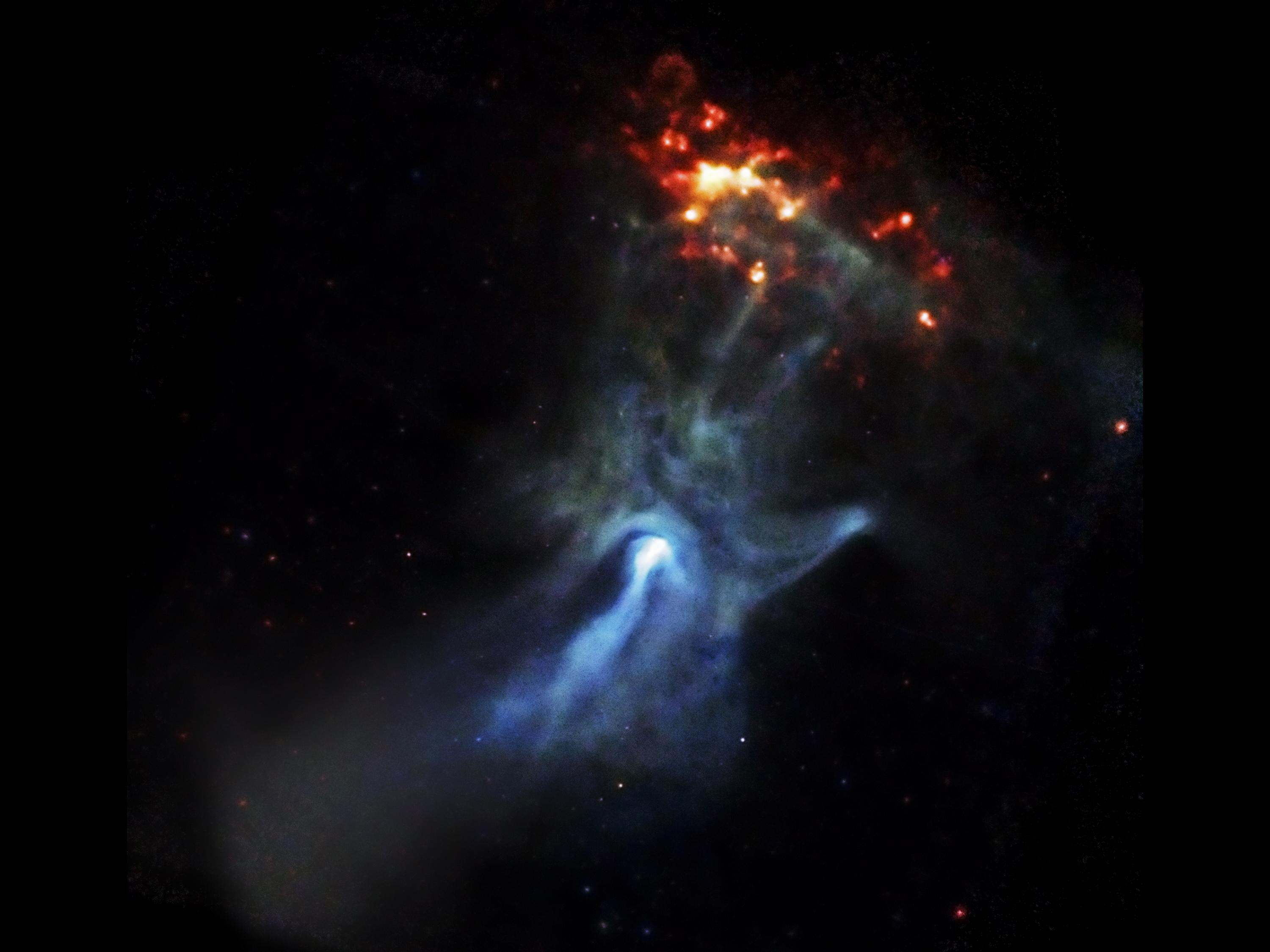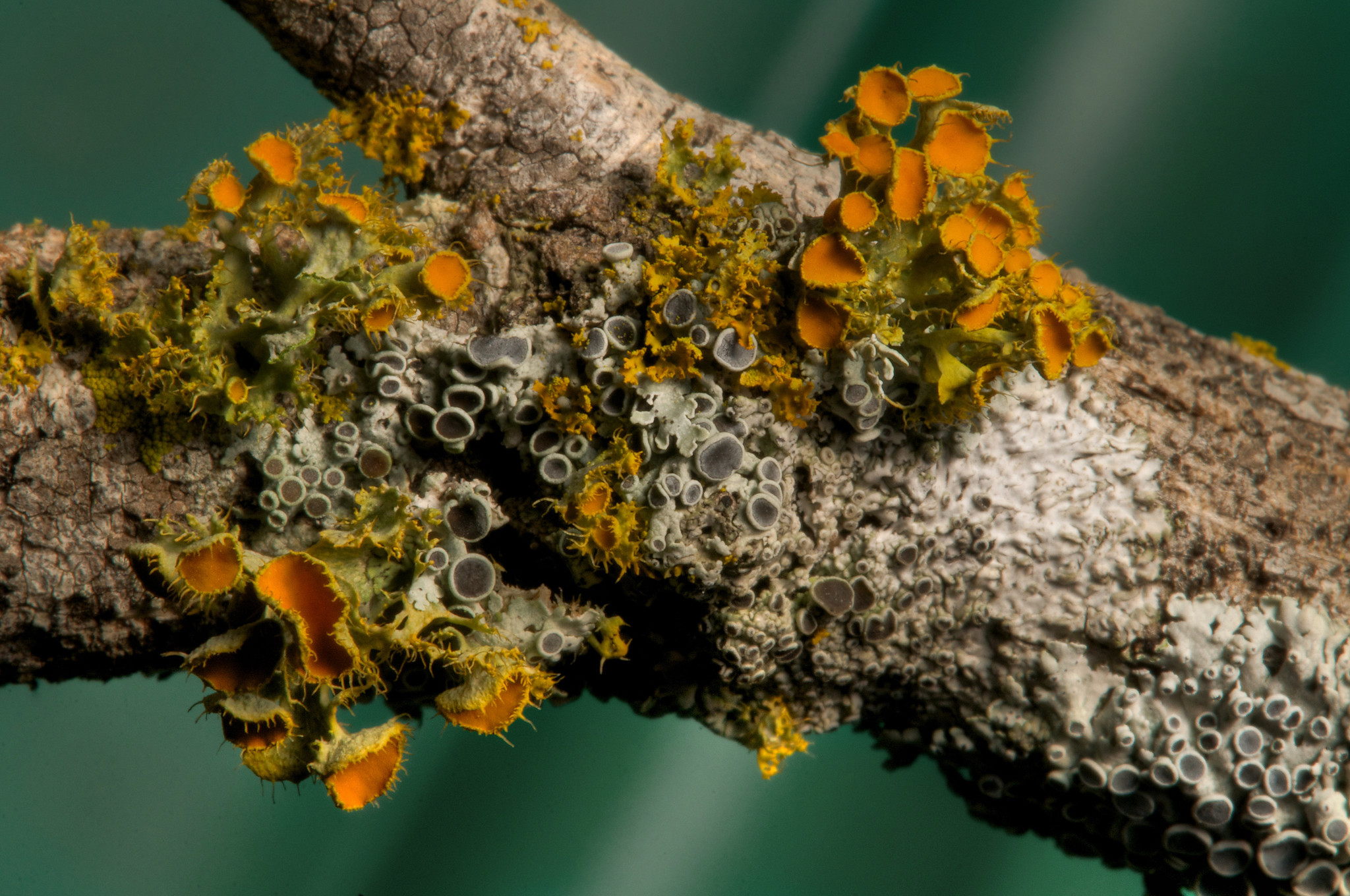
Danger, Achtung, Κίνδυνος, 危険, Tehlike, Pozor, Опасность!!! And so on, in all languages known to man. Is this enough to help people realize the threat? What about those people living here in several thousand years’ time, when all modern languages have been lost, but the danger remains?
The creators of the Onkalo spent nuclear fuel repository in south-western Finland are convinced that their project is technically flawless. Radioactive waste – a by-product of nuclear power generators – will be packed in zirconium alloy capsules and stored in temporary repositories for 30 years. After that time, the capsules will be put into iron containers and then wrapped in copper tubes. Next, the multi-layered packages will travel down a tunnel cleaved in granite rock.
The tunnel, shaped like an angular serpentine, declines gradually. The lowest level reaches half a kilometre underground. There the radioactive waste will travel even further, into eight-metre deep vertical wells. Atomic waste will rest there, covered with a comfy duvet of bentonite clay. Dozens of such wells will be filled one after another, until around the year 2120, when all of them will be taken. They will contain all the radioactive waste produced by Finland in a century. Once that happens, the whole tunnel will be filled with cement.
After a hundred years, the Onkalo repository will only have one more task: to exist. Not for five or 10 centuries, but for 100,000 years. That’s when the radioactive waste will no longer be dangerous. The granite rock there is 1.8 billion years old, so we can assume the chosen location is safe from tectonic disturbances. Radioactive waste is well-packaged and moisture-resistant. The engineers claim the environmental impact of the repository will be minimal.
But 100,000 years is a very long time. A lot could happen. What if, for some reason or other, people will no longer understand that Onkalo is a dangerous place? Looking 100,000 years back, into the middle of the Stone Age, humanity (three Homo species existed at the time) was at a very different stage of development than today. Therefore, communication over aeons might not be as straightforward as we’re now assuming. Our civilization might be long gone, all the languages we speak today forgotten, with not a single Geiger counter in existence. It’s easy to imagine a group of our near-future descendants mistaking a nuclear waste repository for something very different. They might think it is a religious building, full of treasures accumulated by greedy priests of an ancient cult.
Fascinating conclusions on this topic were presented in a documentary on Onkalo called Into Eternity. Various experts who appear in the film admitted that no such text or symbol could ever guarantee that everyone who sees it would leave the area. One of the disputants claimed that The Scream by Edward Munch could be a universally unambiguous deterrent. It should, however, be noted that two versions of the painting have been stolen (and the third was auctioned for over $100 million). Therefore its repelling effect might not be as strong as it seems.
The documentary notes one more issue: various writings and signs could prove counter-effective altogether. Upon seeing such warnings, (some) people will surely ignore them – out of curiosity if nothing else.
Future language differences aside, we should also consider what value our nuclear waste will have for our descendants. In 100 years or so, uranium ore deposits will run dry. In the grand scheme of the next millennia, nuclear power in its current form will be only a short episode, although it will leave a long-lasting mark. There were different ideas, such as sending radioactive waste into space in a rocket ship that would fly towards the sun. This, however, would pose a risk of the spacecraft exploding during launch (which does happen sometimes), so underground repositories remain the only solution. We will have to create a lot of them to fit all the radioactive waste that is currently held in temporary storage facilities. Let’s imagine that our ancestors from the Stone Age left us such an inheritance. Would we understand it? Or just clutch our heads in horror, like the figure in Munch’s painting?
Translated by Aga Zano









